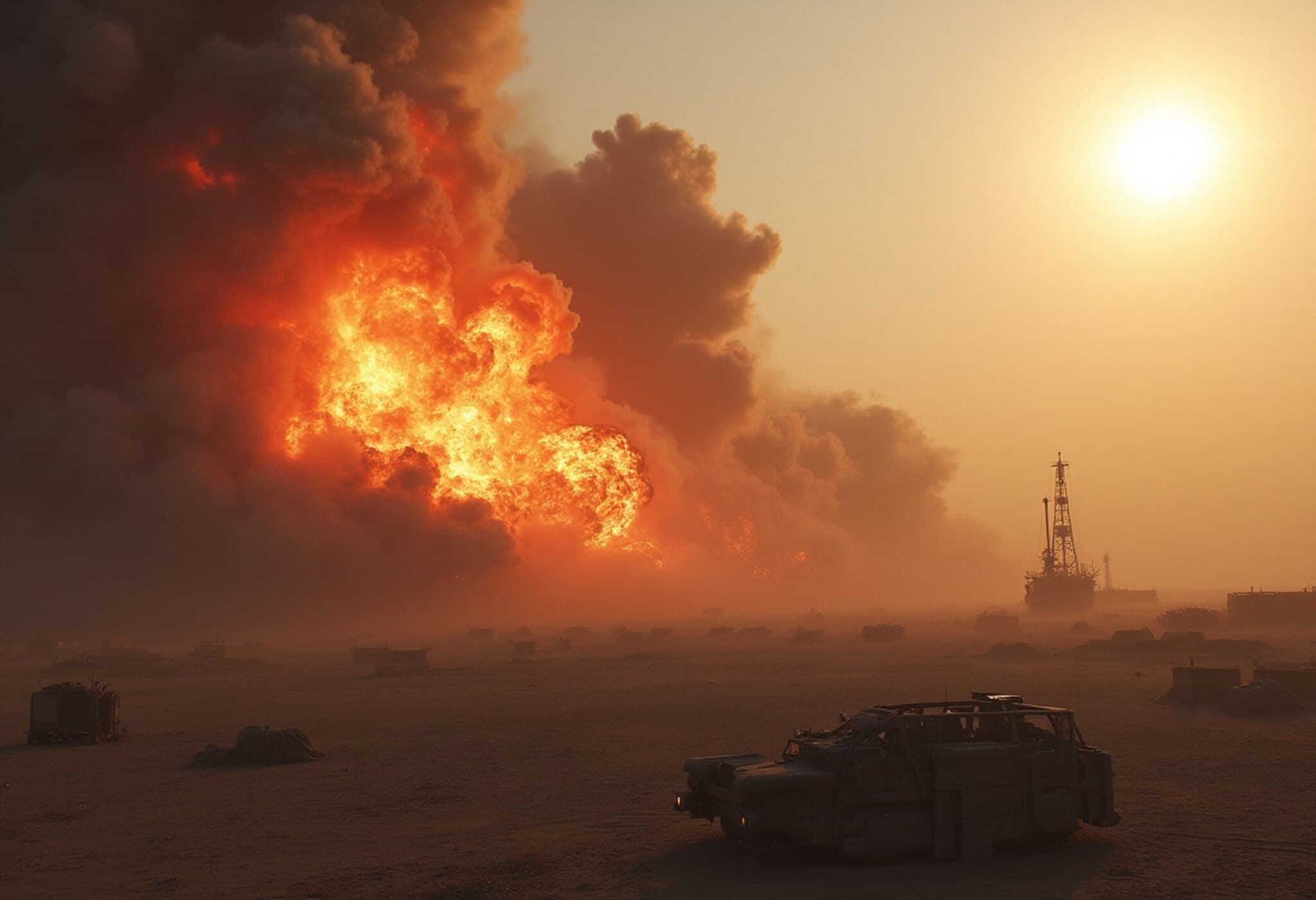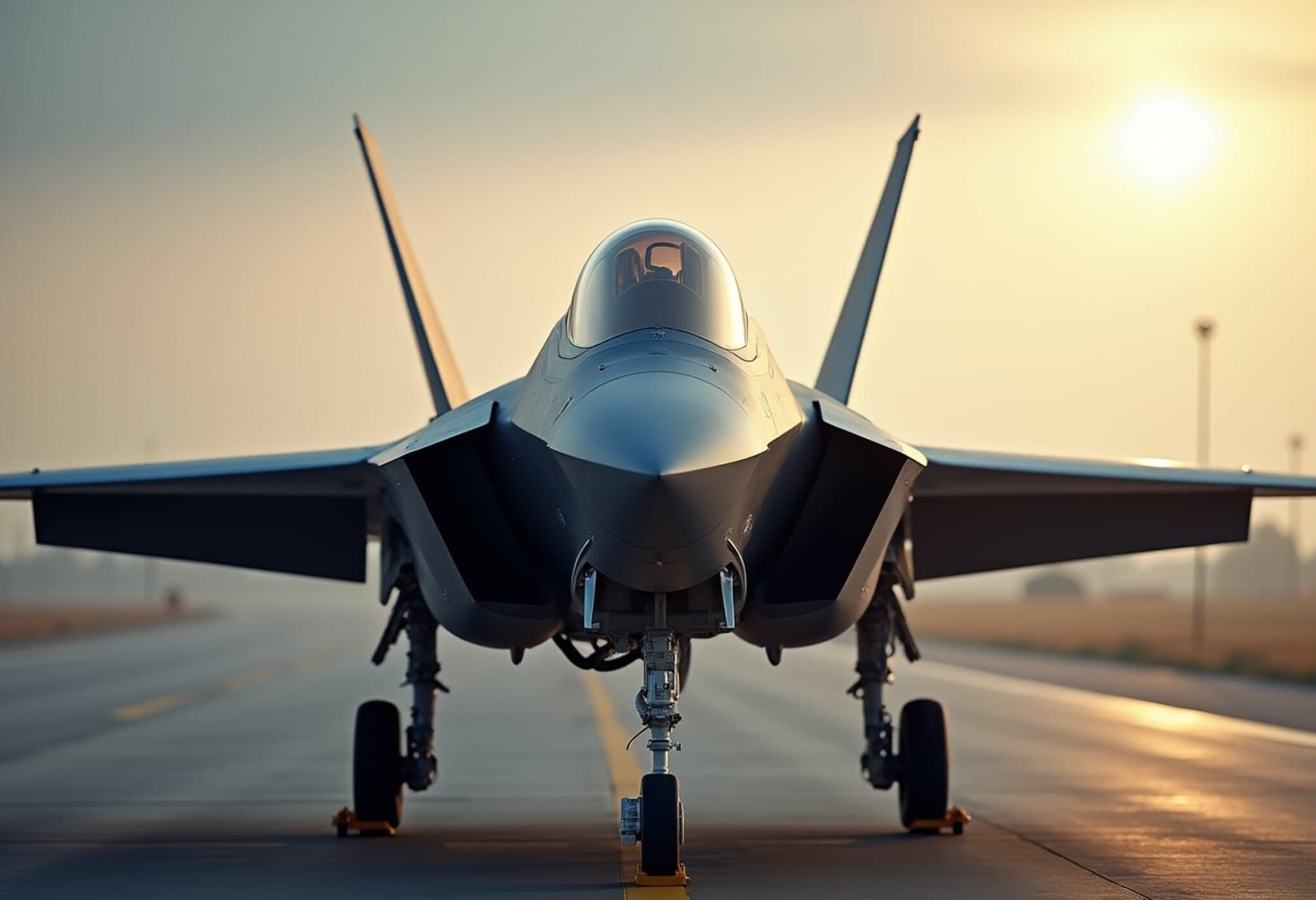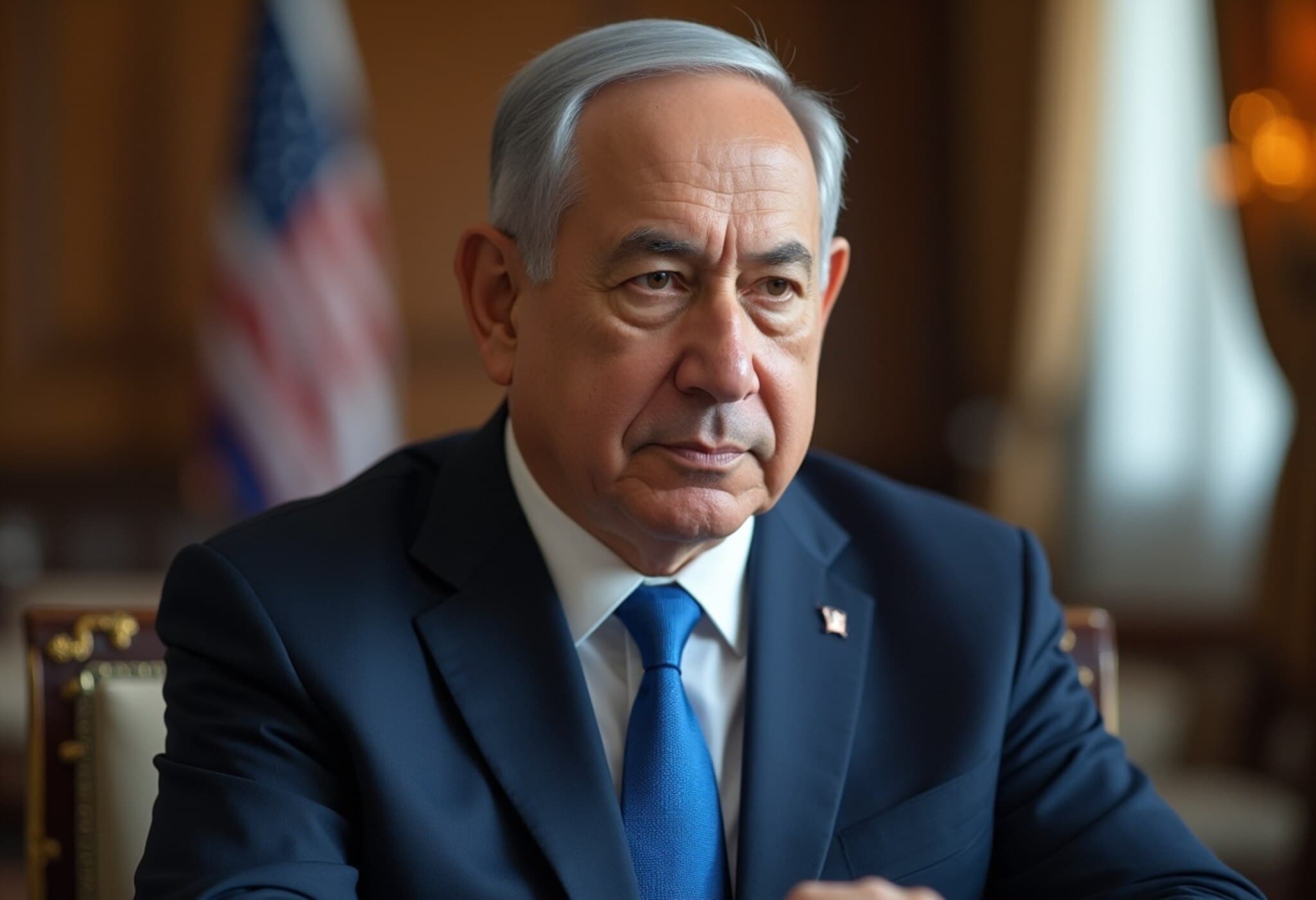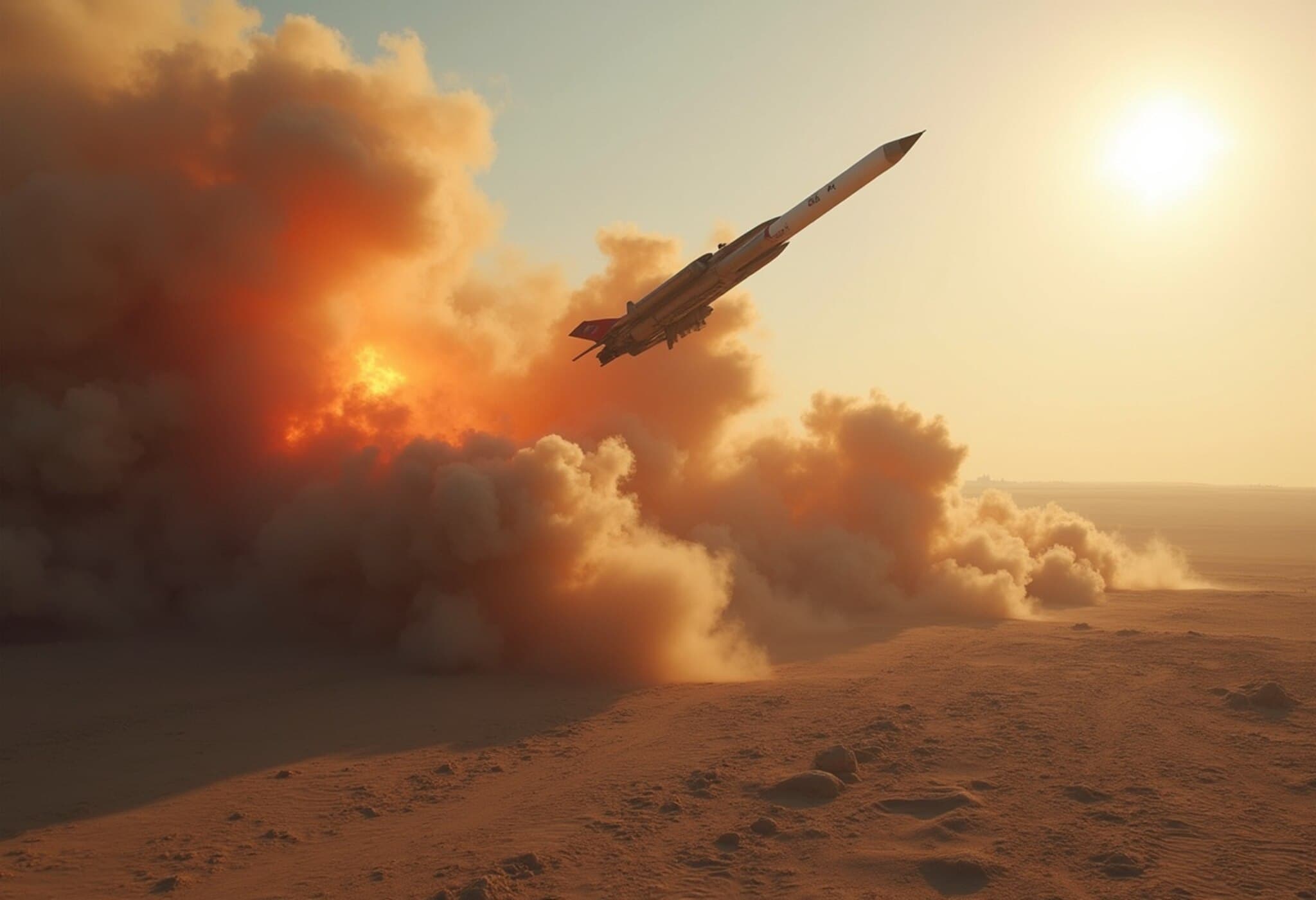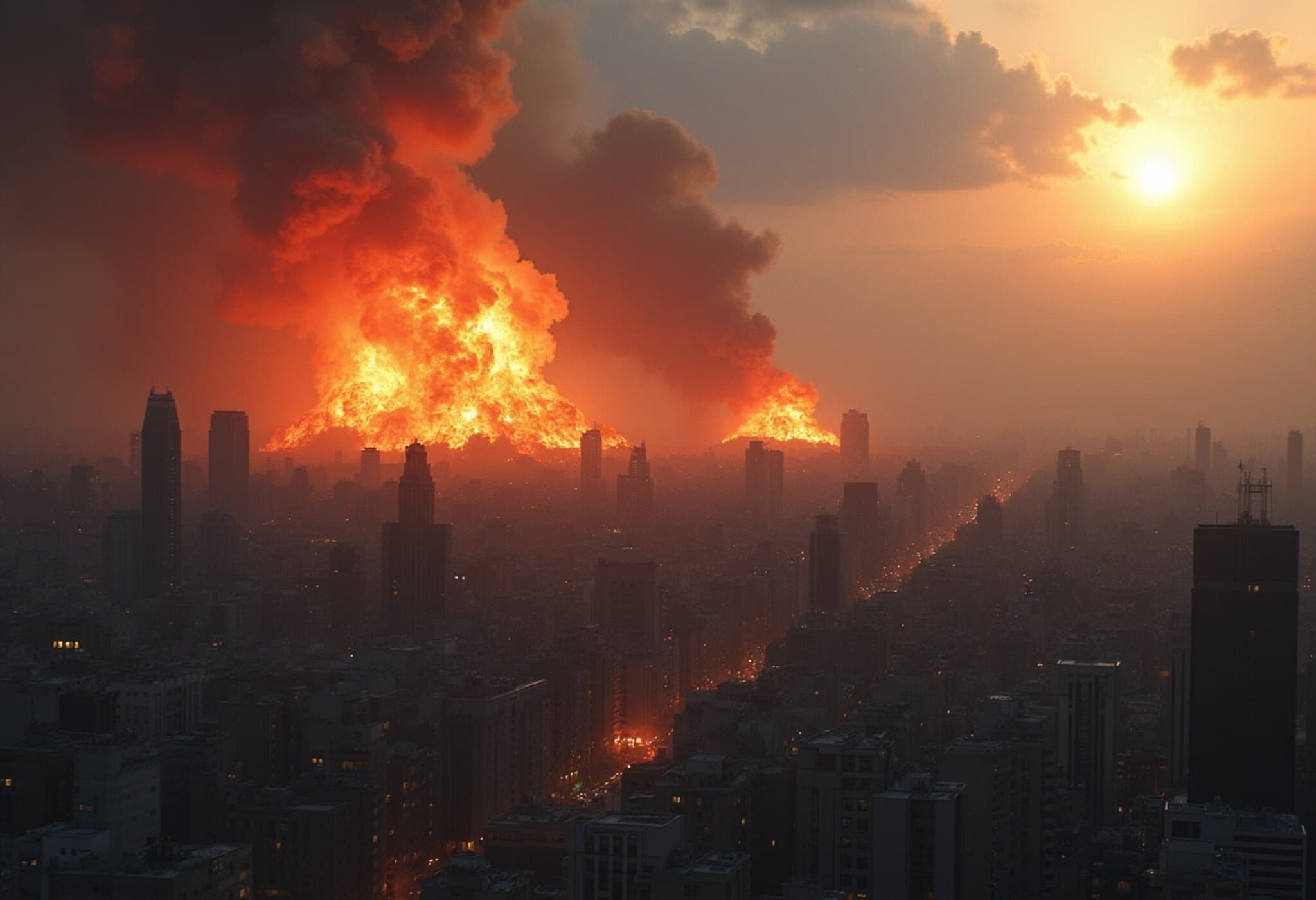US Launches Strikes on Iranian Nuclear Facilities
In a bold and unprecedented move, the United States executed airstrikes targeting critical Iranian nuclear sites early Sunday morning. The assault focused on facilities in Fordo, Isfahan, and Natanz, with advanced GBU-57 A/B bunker-buster bombs designed to penetrate deeply fortified underground structures. These powerful 30,000-pound munitions highlight the precision and magnitude of the operation, showcasing capabilities exclusive to the US military.
The strikes mark a sharp escalation in an already volatile Middle East landscape, as the US directly intervenes amid ongoing Israeli campaigns to halt Tehran's nuclear development.
Iran Vows Decisive Retaliation
In response, Iranian authorities issued a stern warning of a "decisive response" that could disrupt the fragile regional security balance. While specific details remain undisclosed, the message leaves little doubt that Tehran aims to retaliate forcefully. With more than 40,000 American troops deployed throughout the region, the focus shifts to which US assets might come under fire next.
Potential US Military Targets Within Iran's Reach
Military experts identify several strategic American installations vulnerable to Iranian missile or drone strikes, all within striking distance. Key bases include:
- Al Udeid Air Base, Qatar – The largest US military hub in the Middle East.
- US Navy's Fifth Fleet, Bahrain – Controls critical maritime routes across the Persian Gulf.
- Al Asad Air Base, Iraq – A substantial US foothold previously targeted by Iranian missiles in 2020.
- Harir Air Base, Erbil, Iraq – Central to operations in Northern Iraq.
- Al Tanf Garrison, Southern Syria – Positioned at the strategic crossroads of Iraq, Syria, and Jordan.
- Ali al-Salem Air Base, Kuwait – Located just 20 miles from the Iraqi border.
- Al Dhafra Air Base, UAE – Home to F-22 Raptors and vital surveillance drone operations.
Beyond Military Bases: Iran’s Broader Options for Retaliation
Iran’s potential response extends beyond direct strikes on US military positions, encompassing a spectrum of tactics:
- Diplomatic assaults targeting US embassies in Iraq, the UAE, and Israel.
- Proxy warfare through allied groups such as Hezbollah, Houthi rebels, and various Shia militias across multiple battlefronts.
- Cyber warfare aiming to disrupt power grids, satellite communications, and critical infrastructure.
- Maritime escalation by threatening or blocking the vital Strait of Hormuz, a chokepoint for global energy supplies.
The Strait of Hormuz: A Potential Flashpoint
The Strait of Hormuz is a narrow but vital passageway through which approximately 25% of the world’s oil and a third of its liquefied natural gas transit. Any Iranian move to militarize, mine, or seal off this strategic waterway could trigger a severe energy crisis, sending oil prices soaring and possibly drawing in NATO forces. This chokepoint represents Tehran’s ultimate leverage in escalating economic and geopolitical pressure on the West.

